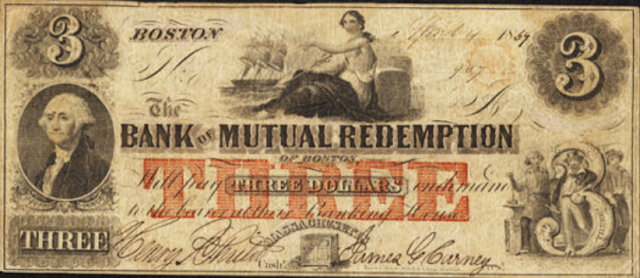It’s said the mark of a truly smart person is not being afraid to say he or she doesn’t understand something. That’s what Ed Clark said about subprime mortgage-related structured products in 2005. This was Clark’s epiphany and perhaps his most important decision as CEO. It was his view that these products were far too complicated for anyone to understand, and if he didn’t understand them, TD was clearing out any exposure and not buying them. He no doubt resisted pressure from within saying he was being too conservative. But by being a prudent banker and distancing himself from subprime-related structured products, Clark would position TD as one of the strongest banks on the planet.
Purdy Crawford, Clark’s old boss at Canada Trust, pinpoints Clark’s best quality: “He’s smart as hell, of course. I think it’s judgment—plus getting good people around him.”
Crawford says he knows a lot of people tried to talk Clark into buying what turned out to be toxic asset-backed commercial paper. Third-party asset-backed commercial paper, or ABCP, as it became known, was Canada’s own brush with subprime chaos. Commercial paper is a financial product that allows issuers to borrow money and lenders to park money for a set number of days—for periods less than a year. Government-issue treasury bills provide a similar function, but are backed by governments. Commercial paper is not. It’s backed by creditworthy corporations that need to borrow. In the case of ABCP, assets such as consumer loans and credit card receivables were pooled together like mortgages to create a stream of cash that could be paid out to an investor. The paper was also backed by synthetic assets, or derivatives, making it highly complex. Most importantly, assets and liabilities were not properly matched. Once again, however, a credit rating agency, this time Canada’s DBRS [Dominion Bond Rating Service], gave the ABCP a top rating.
Unfortunately for those in Canada who had invested $32 billion in ABCP, the market for it froze up along with the credit crunch. Commercial paper that matured could not be rolled over into a new investment. Holders were stuck and couldn’t get their money. Ironically, it was Purdy Crawford who was recruited, in his late seventies, to help solve the ABCP crisis and restructure the market, a daunting task.
—Howard Green,
Banking on America: How TD Bank Rose to the Top and Took on the U.S.A. (Toronto: HarperCollins Publishers, 2013), 145-146.



